Omicron predictions: how experts think the next wave will begin and end
Sage modellers give best- and worst-case scenarios for the new Covid-19 variant
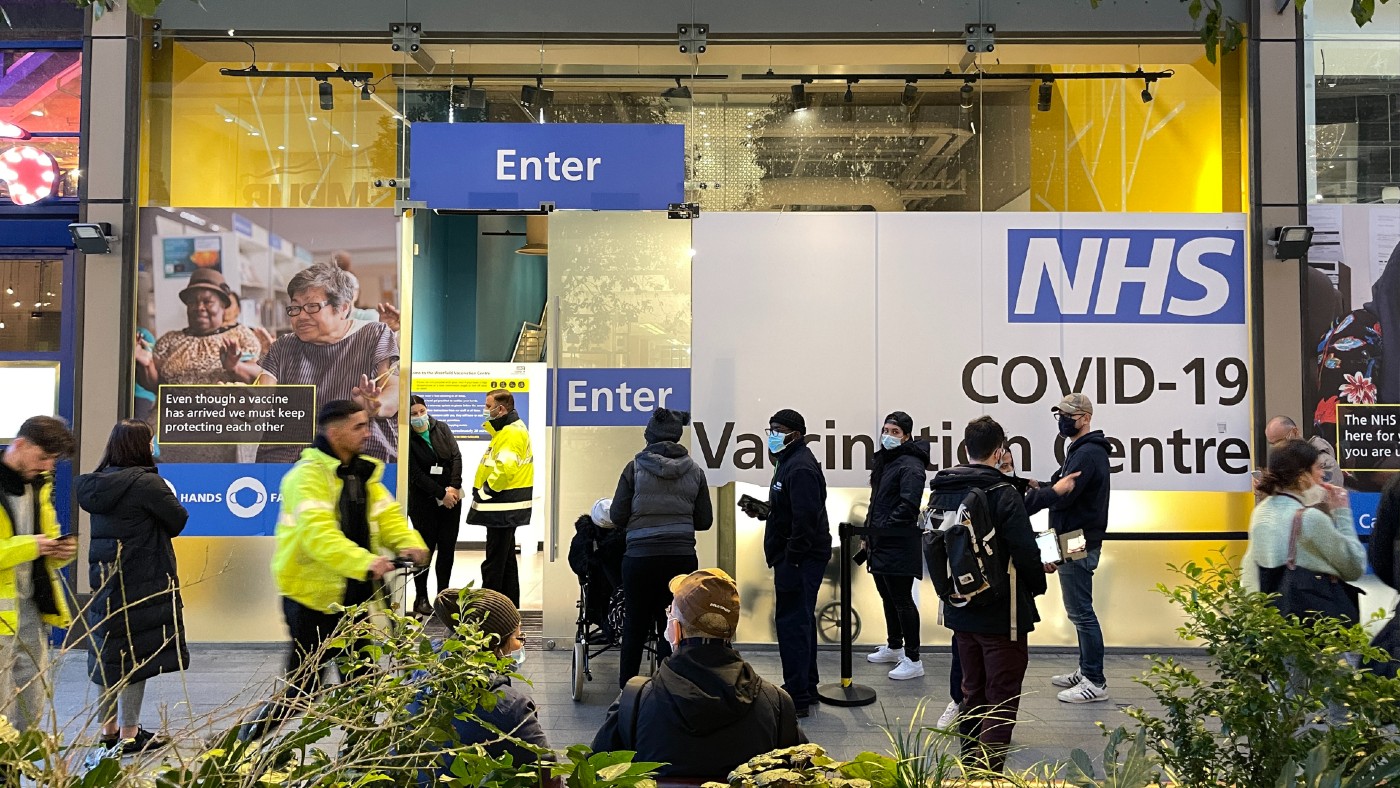
The best-case scenario for Omicron if no more restrictions are implemented is that a surge of Covid-19 infections causes around 25,000 further UK deaths by next April, according to newly published modelling.
The London School of Hygiene and Tropical Medicine (LSHTM) research suggests that the Omicron variant could lead to “higher levels of cases and hospitalisations” in England than in January 2021, when most of the UK was in lockdown.
And in a worst-case scenario, Covid could claim around 75,000 lives between now and April – “a wave of fatalities higher than that seen during last winter”, said The Independent.
The Week
Escape your echo chamber. Get the facts behind the news, plus analysis from multiple perspectives.

Sign up for The Week's Free Newsletters
From our morning news briefing to a weekly Good News Newsletter, get the best of The Week delivered directly to your inbox.
From our morning news briefing to a weekly Good News Newsletter, get the best of The Week delivered directly to your inbox.
Most optimistic scenario
The team behind the new study, which has not yet been peer-reviewed, used the latest experimental data on Omicron’s “antibody-evading characteristics” to map out possible scenarios for the spread of the new strain. “The results project a wave of Covid-19 transmission for all scenarios considered, with varying levels of infections, hospital admissions, and mortality,” the researchers wrote.
However, other experts have warned that the data on which the predictions is “sketchy”.
The most optimistic scenario from LSHTM – “low immune escape of Omicron and high effectiveness of boosters” – projected a wave of infection that could lead to more than 2,000 daily hospital admissions and between 19,500 and 28,700 deaths from 1 December up to 30 April next year.
This scenario was based on no additional measures being implemented other than the government’s current Plan B policy, which includes compulsory face masks in most public places, Covid passes for nightclubs and other large venues, and people working from home again where possible.
A free daily email with the biggest news stories of the day – and the best features from TheWeek.com
The researchers said that bringing in further control measures in early 2022 “would be sufficient to substantially control this wave, reducing hospitalisations by 53,000 and deaths by 7,600”. Such measures would need to be “equivalent in stringency” to step two of the government’s Covid-19 roadmap, which involved restrictions on indoor hospitality and gathering sizes, as well as the closure of some entertainment venues including cinemas, children’s play centres and hotels.
Worst potential outcome
The most pessimistic scenario mapped by the LSHTM modellers – “high immune escape and lower effectiveness of boosters” – projected a wave of infection around “twice as high” as that in January this year, if no additional measures are taken. The potential tally of additional Covid-related deaths by the end of April could be as high as 82,900 – more than half as many as the total 147,000 recorded in the UK so far.
Doctor Rosanna Barnard of LSHTM’s Centre for the Mathematical Modelling of Infectious Diseases, who co-led the research, said there was “a lot of uncertainty” about Omicron’s characteristics and whether the variant will follow the same course in the UK as in South Africa, where it was first detected.
But “these early projections help guide our understanding about potential futures in a rapidly evolving situation”, she continued. Although “nobody wants to endure another lockdown”, last-resort measures “may be required to protect health services” if Omicron’s transmissibility is much higher than that of the Delta variant.
According to the researchers, if “very high uptake of booster vaccines is achieved”, the projected surge in cases, hospitalisations and deaths is likely to be less extreme.
Imperial College London modelling
Teams at Imperial College London (ICL) have also been studying data on Omicron cases in the UK, which were found to be “doubling every two to three days”.
Professor Neil Ferguson, a mathematical epidemiologist at ICL, told BBC Radio 4’s Today programme last week that Omicron’s infection rate was “the same if not faster than we saw with the original strain of the virus in March last year”.
Case numbers are “doubling at least every three days and maybe every two days”, he said, adding: “It is a concern.”
‘Sketchy data’
The latest modelling is “important because the LSHTM contributes to Sage, the government’s scientific advisory body, which will take its findings into account”, said the Daily Mail. However, the newspaper noted that gloomy projections from the LSHTM team have been “proven wrong” in the past.
Paul Hunter, a professor in medicine at the University of East Anglia, said the “most pessimistic projections” in the newly published research were already out of date. A subsequent report from the UK Health Security Agency has suggested that booster jabs give between 70% and 75% protection against symptomatic infection with Omicron, he explained.
“Any model is only as good as its assumptions, and one key assumption in this model is that severity of disease outcomes for Omicron is the same as for Delta in unvaccinated people,” Hunter added. “Although we will not know for certain for a few weeks, indications from South Africa do suggest that Omicron does cause less severe disease than Delta.”
Mark Woolhouse, a professor of infectious disease epidemiology at the Edinburgh University, agreed that the LSHTM projections could not be regarded as “firm predictions”, as there was still “only sketchy data” about “several key parameters, particularly regarding the severity of disease”.
South Africa cases
Omicron infection rates appear to be nearing their peak in South Africa, nearly three weeks after scientists first detected the variant there.
According to Fortune magazine, data from the country’s National Institute for Communicable Diseases “shows positivity rates dropping from 30% to around 15%” between Thursday and Saturday last week, while the number of new hospitalisations “fell from 207 to 64 over the same period”.
The growing optimism among experts who have seen the positivity rate flatten and decline in South Africa is “in contrast to the deep anxiety that Omicron has stoked in the US and Europe”, said the magazine.
South African Medical Association chair Dr Angelique Coetzee, who first raised the alert about Omicron, told Sky News yesterday that there was a “huge gap” between “the science and what is actually happening”. Coetzee – who has been asked to examine the UK response to the new strain by Westminster’s Science and Technology Committee – said many of her patients had only mild symptoms.
According to The New York Times, “a snapshot of the first three weeks of each of the four waves of infection in South Africa” shows that hospital admissions this time round have been “significantly lower”. However, some experts “have cautioned that data from a few more weeks will be needed to draw firmer conclusions”, the paper added.
‘Some level of restrictions’ needed
A leading UK government scientist told a parliamentary select committee yesterday that “some level of restrictions” was likely to be needed “for the next four to eight weeks”.
Doctor Susan Hopkins, chief medical adviser at the Health Security Agency, said that her projection was based on the LSHTM’s modelling. The country is facing “a very difficult four weeks ahead”, she warned.
-
 House GOP revolt forces vote on ACA subsidies
House GOP revolt forces vote on ACA subsidiesSpeed Read The new health care bill would lower some costs but not extend expiring Affordable Care Act subsidies
-
 ‘Kast’s victory is a political and ethical earthquake’
‘Kast’s victory is a political and ethical earthquake’Instant Opinion Opinion, comment and editorials of the day
-
 Turner Prize 2025: ‘artistic excellence’ or ‘cultural nonsense’?
Turner Prize 2025: ‘artistic excellence’ or ‘cultural nonsense’?Talking Point Work by the four artists nominated for this year’s award is on display at Bradford’s Cartwright Hall
-
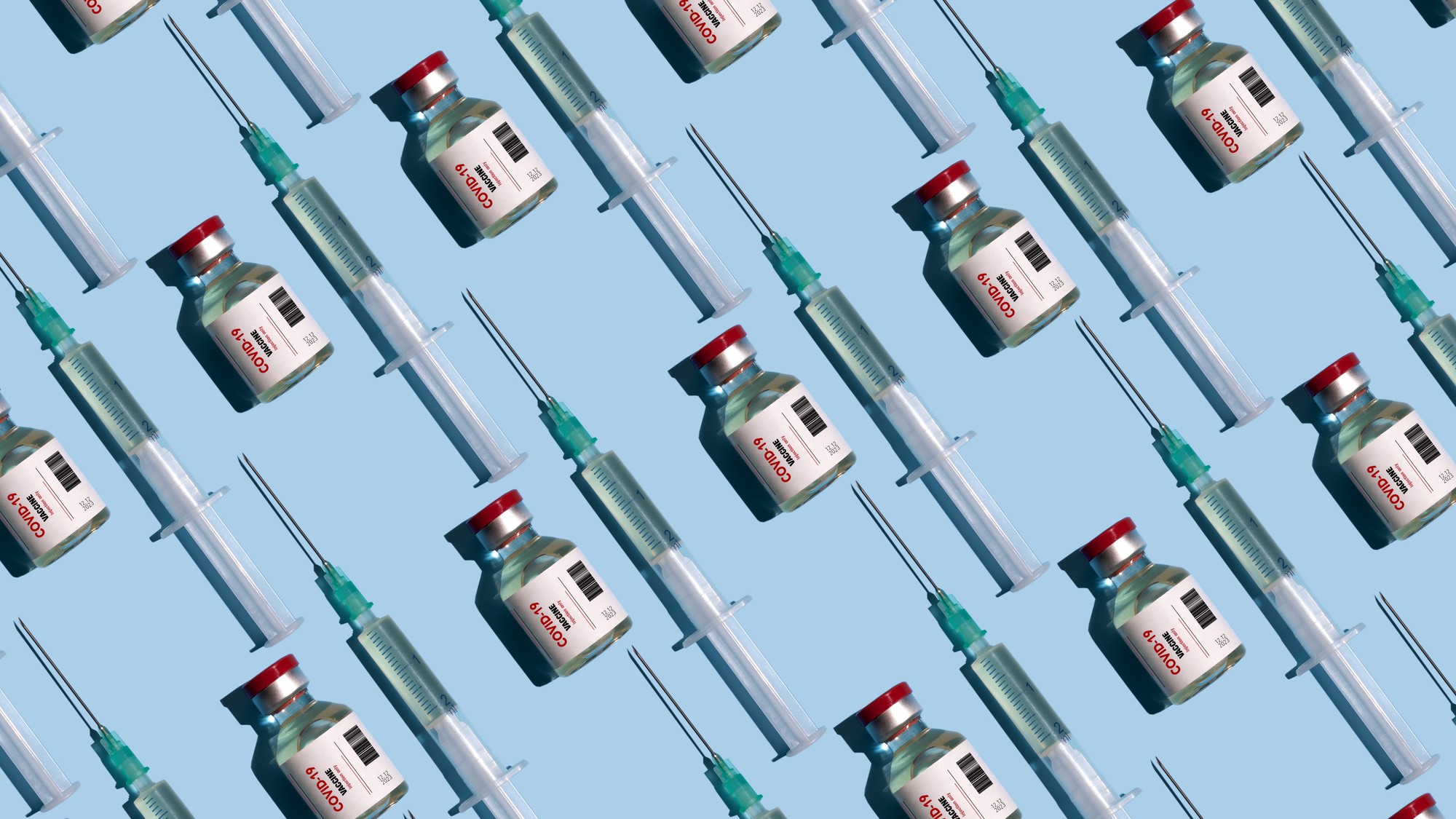 Covid-19 mRNA vaccines could help fight cancer
Covid-19 mRNA vaccines could help fight cancerUnder the radar They boost the immune system
-
 The new Stratus Covid strain – and why it’s on the rise
The new Stratus Covid strain – and why it’s on the riseThe Explainer ‘No evidence’ new variant is more dangerous or that vaccines won’t work against it, say UK health experts
-
 RFK Jr. vaccine panel advises restricting MMRV shot
RFK Jr. vaccine panel advises restricting MMRV shotSpeed Read The committee voted to restrict access to a childhood vaccine against chickenpox
-
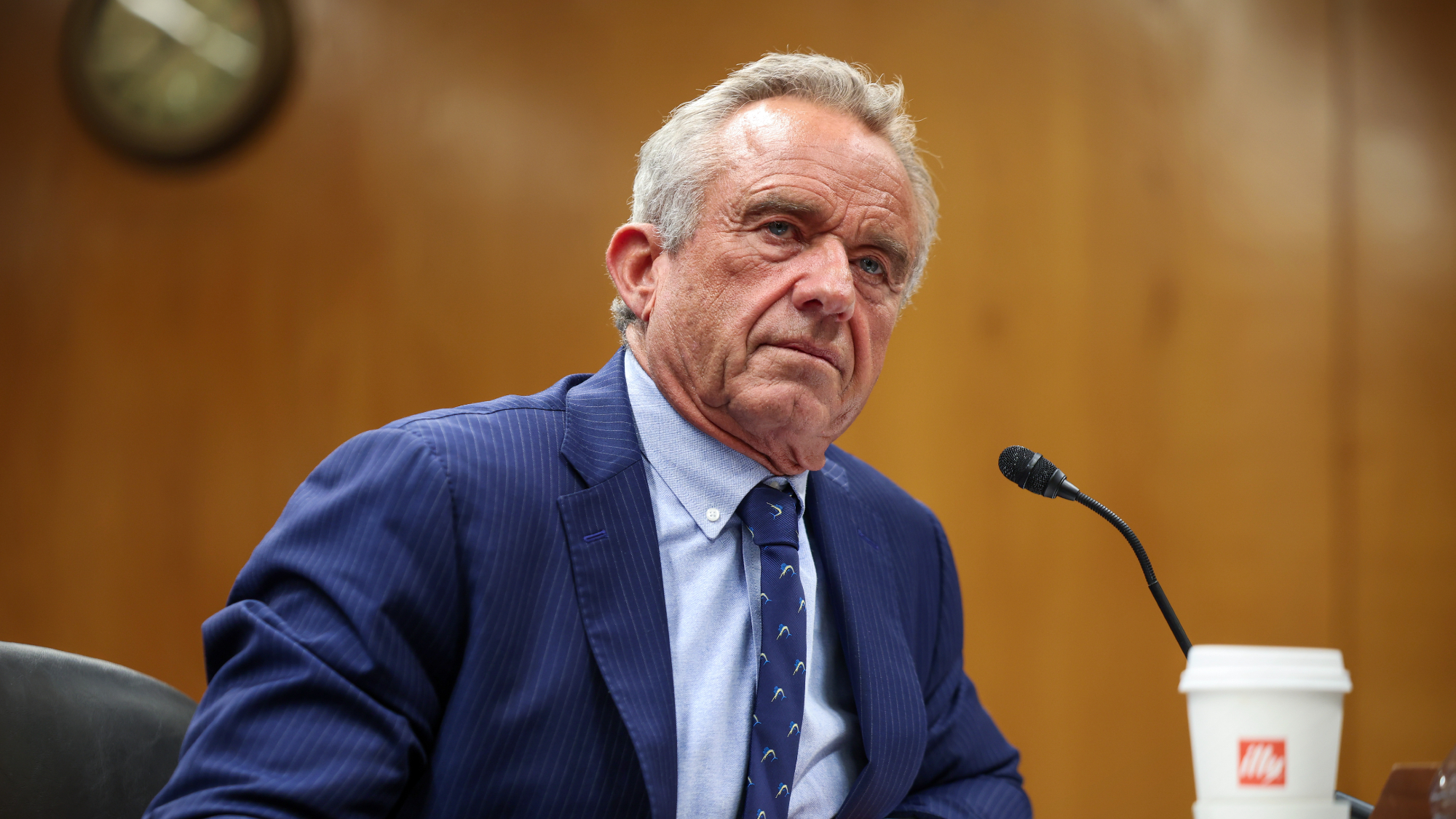 RFK Jr. scraps Covid shots for pregnant women, kids
RFK Jr. scraps Covid shots for pregnant women, kidsSpeed Read The Health Secretary announced a policy change without informing CDC officials
-
 New FDA chiefs limit Covid-19 shots to elderly, sick
New FDA chiefs limit Covid-19 shots to elderly, sickspeed read The FDA set stricter approval standards for booster shots
-
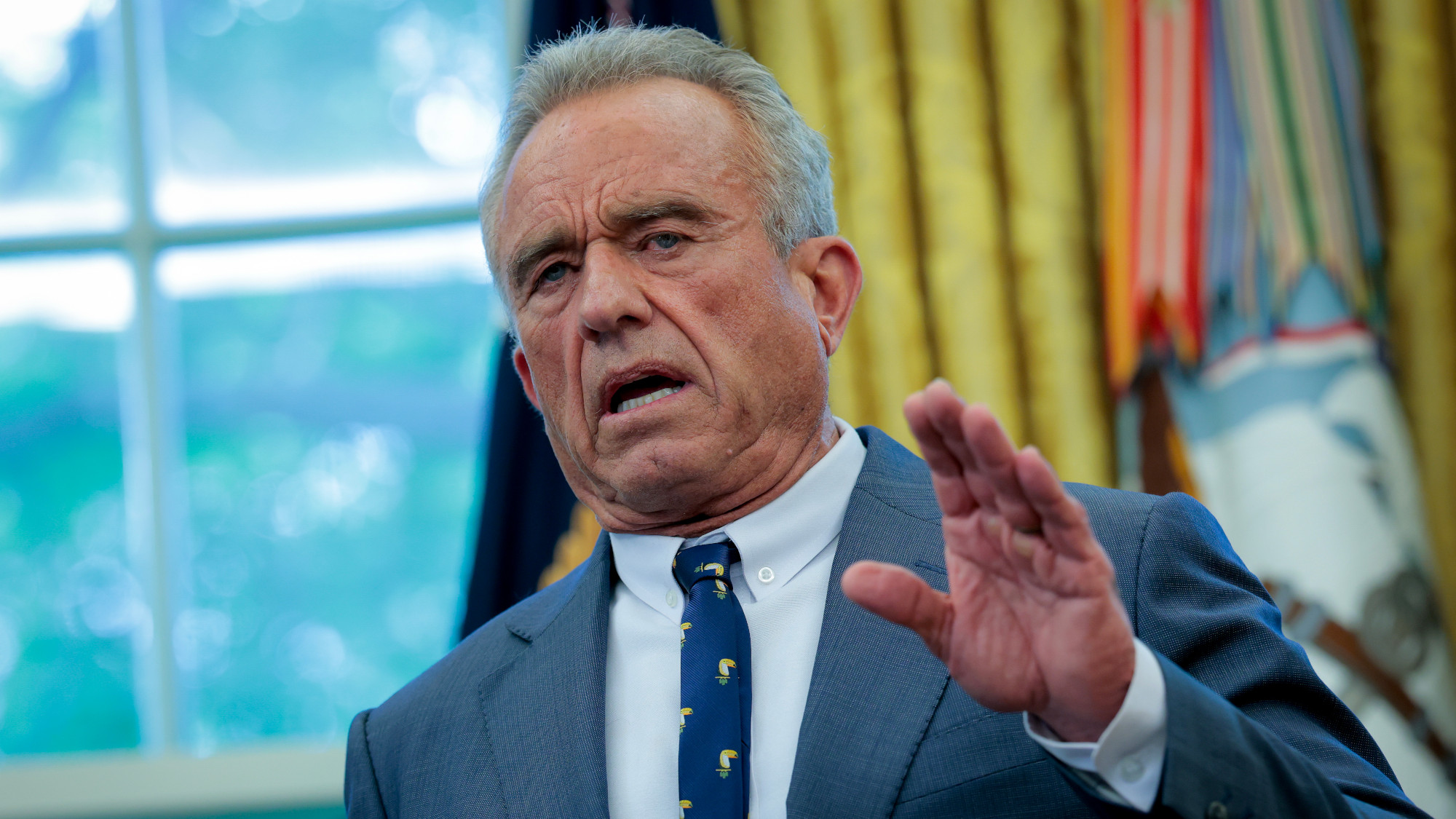 RFK Jr.: A new plan for sabotaging vaccines
RFK Jr.: A new plan for sabotaging vaccinesFeature The Health Secretary announced changes to vaccine testing and asks Americans to 'do your own research'
-
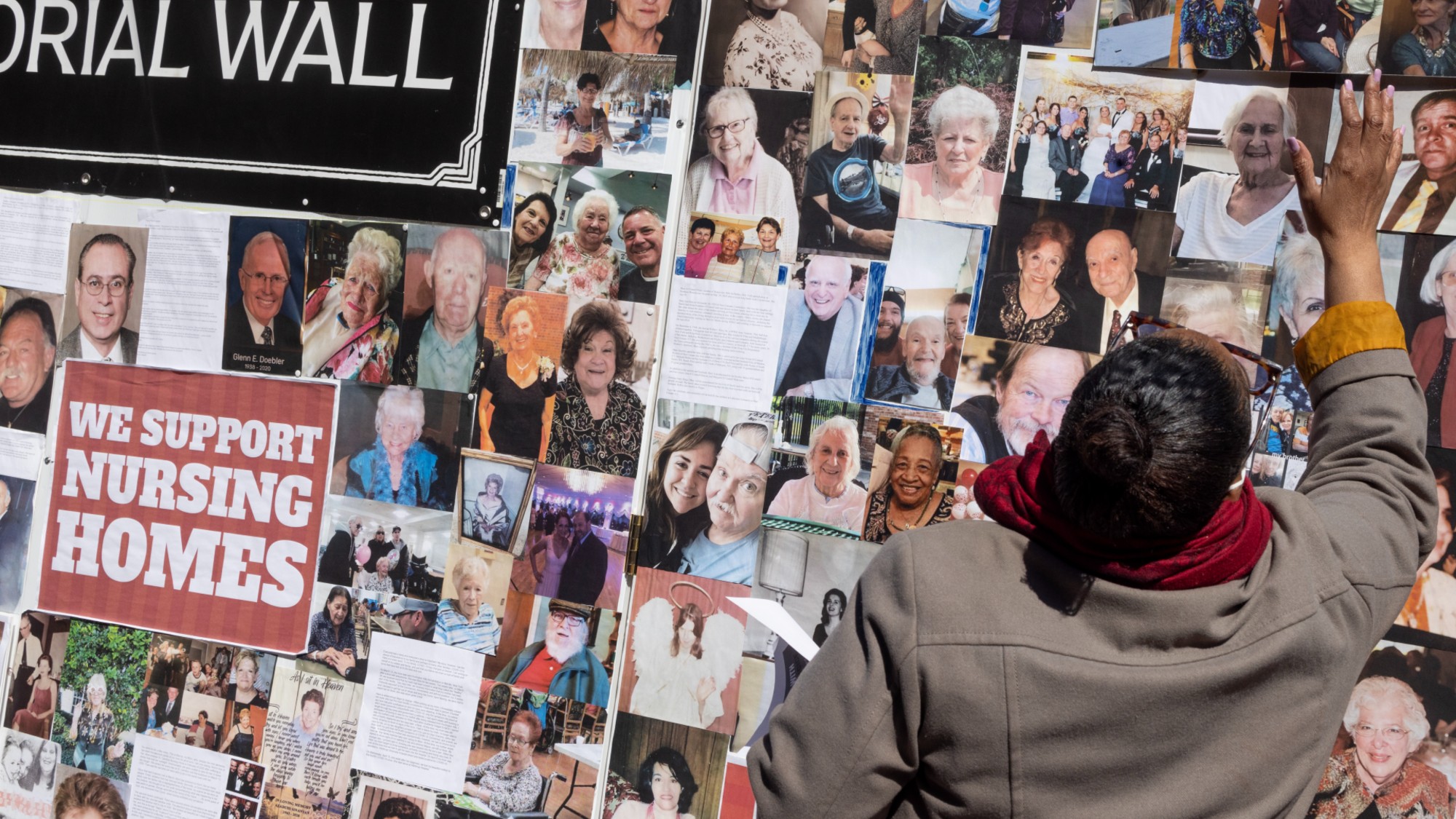 Five years on: How Covid changed everything
Five years on: How Covid changed everythingFeature We seem to have collectively forgotten Covid’s horrors, but they have completely reshaped politics
-
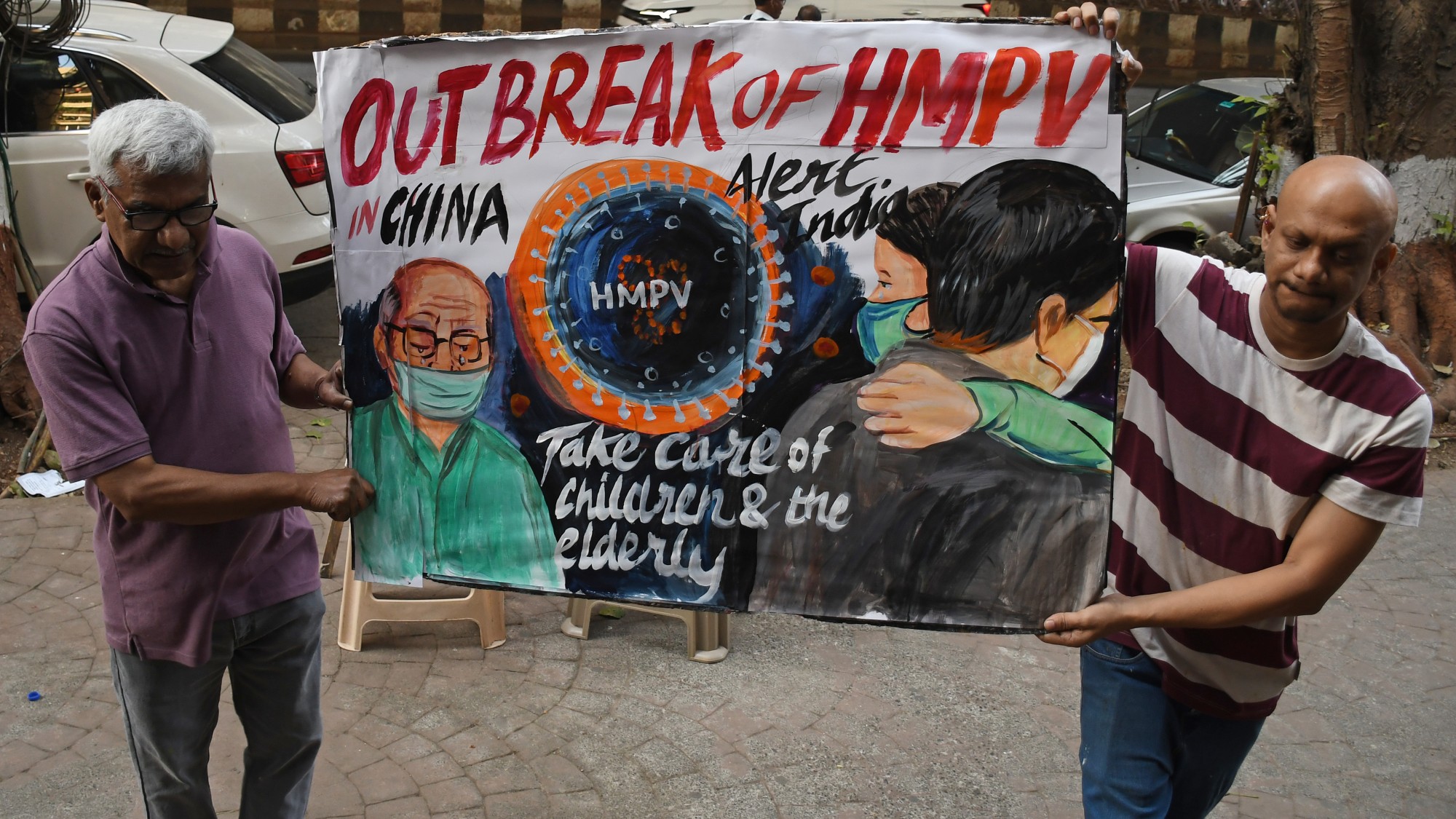 HMPV is spreading in China but there's no need to worry
HMPV is spreading in China but there's no need to worryThe Explainer Respiratory illness is common in winter